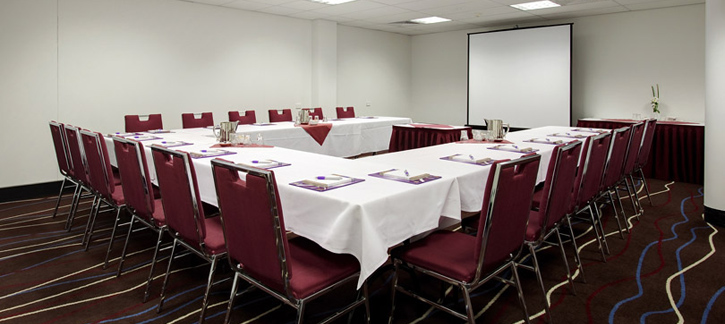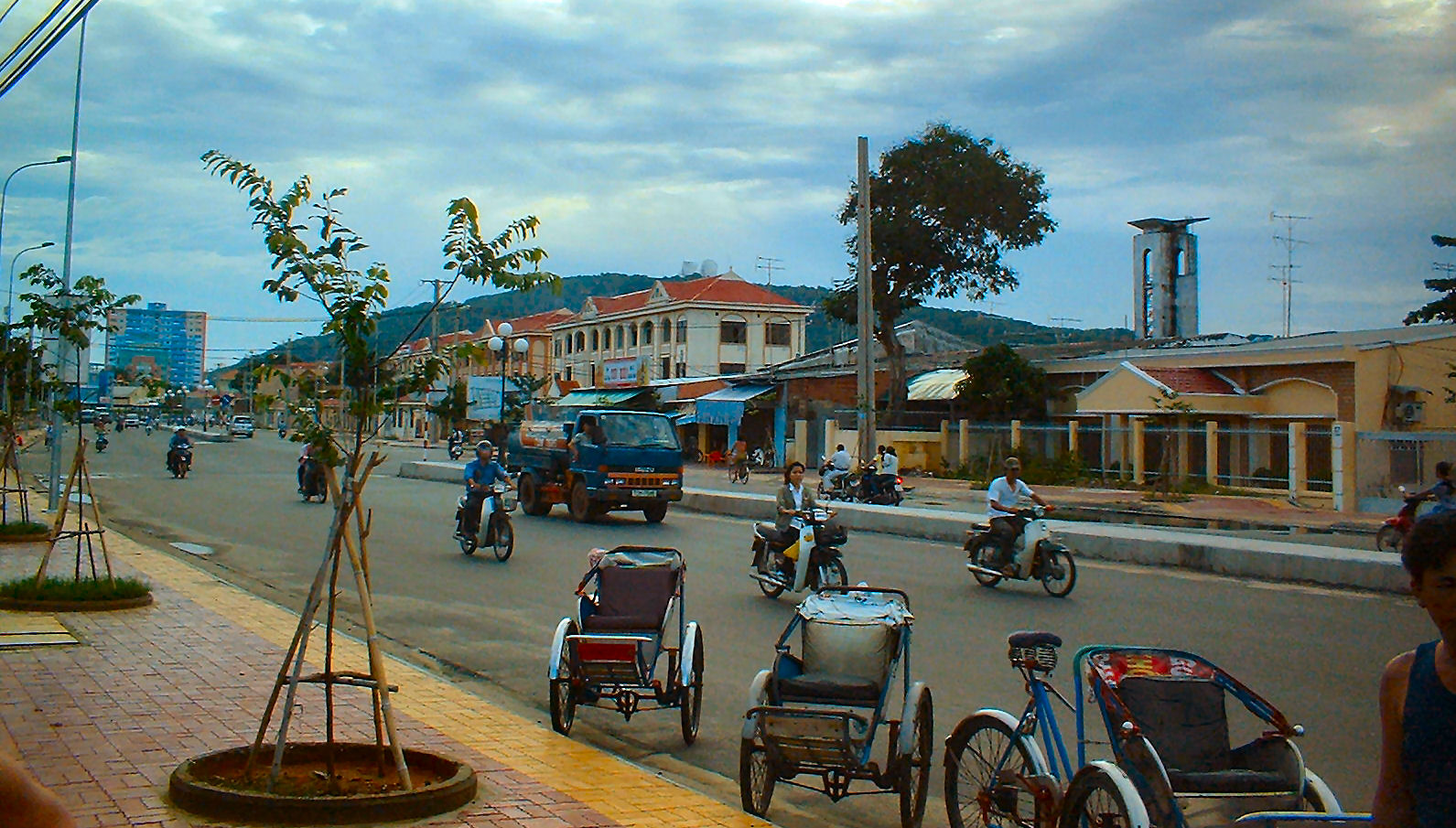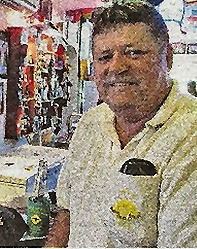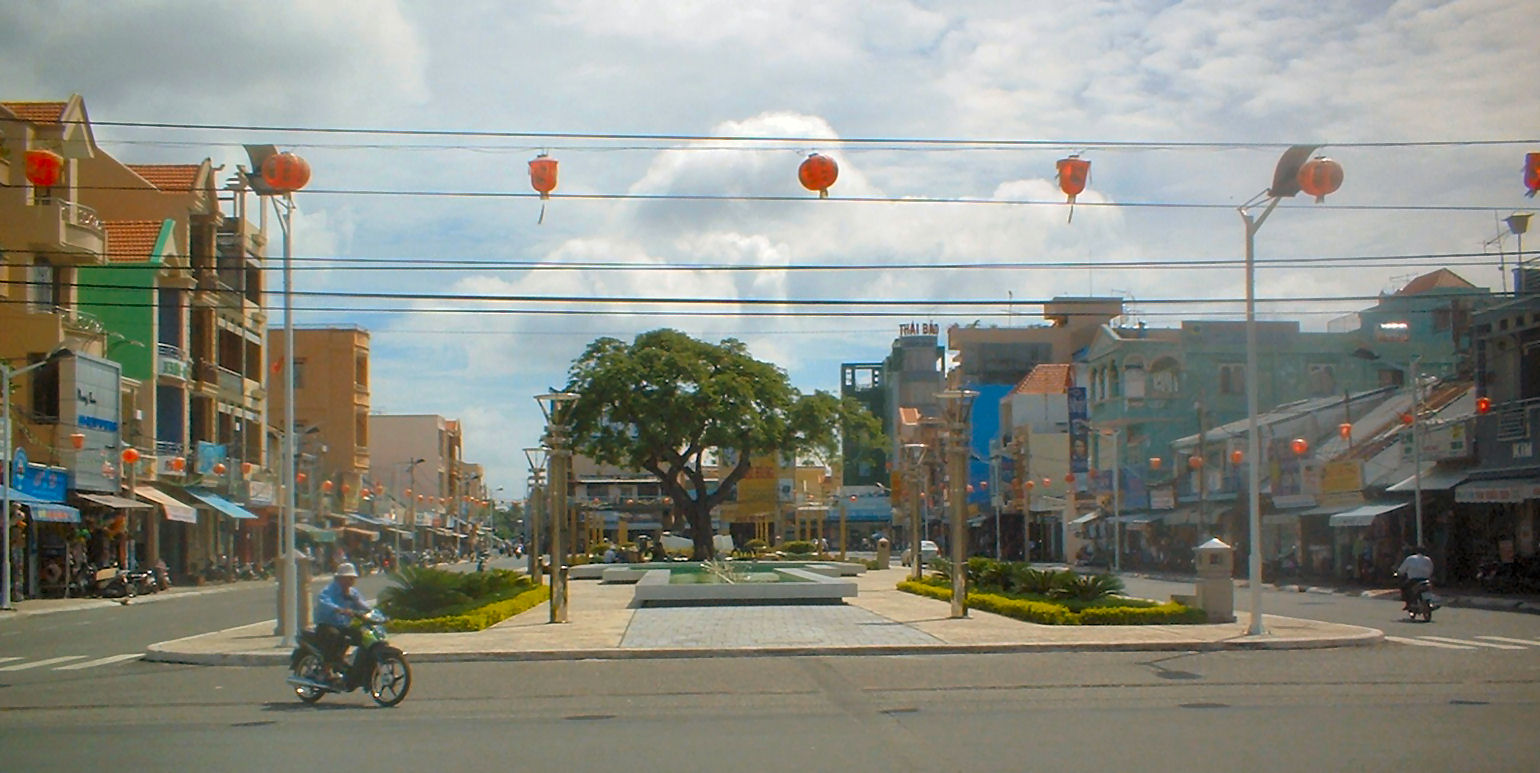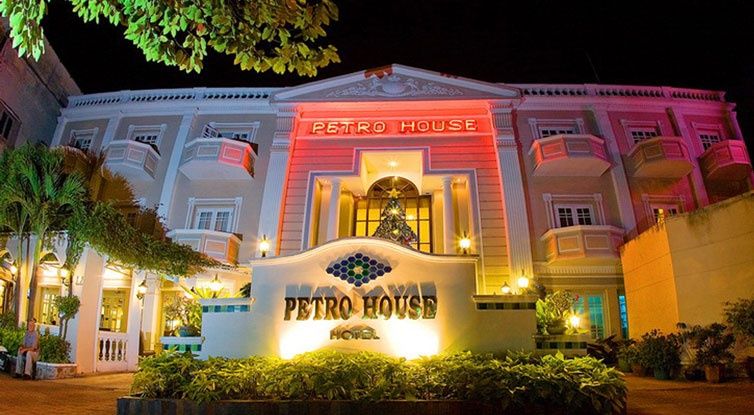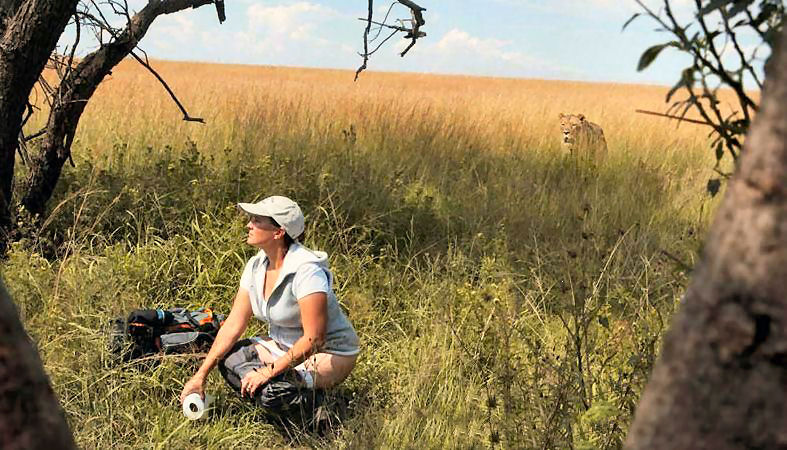 |
||
|
||
|
Privacy Policy | Editorial Policy | Profit Policy | Join the Association | List of Members | Contact us | Index | Links |
||
|
Back Go to page: 1 2 3 4 5 6 7 8 9 10 11 12 13 14 15 16 17 18 19 20 Forward |
||
|
Out in the Shed with Ted.
Ted McEvoy. |
||
|
|
||
|
This page is brought to you compliments of the Kedron Wavell Services Club, Brisbane’s superior Club.
|
||
|
|
||
|
Under the Eiffel Tower!!
William Overstreet Jr, was a US WWII fighter pilot who (supposedly??) flew his P-51 Mustang through the Eiffel Tower to take down a German plane.
During 1944 he had criss-crossed the skies above France many times, before, during and after D-Day, usually escorting allied bombers enroute to Germany, peeling away only to deal with what he called “pesky” Luftwaffe fighter planes. He had painted his Mustang with the words “Berlin Express” because he believed his plane would one day land in that city.
He was never one to boast about his exploits – his squadron comrade, Chuck Yeager, became more famous, particularly after becoming the first pilot to break the sound barrier, but Overstreet claimed to have screamed under the iron lattice base arch of the Eiffel Tower in the wake of a German Messerschmitt Bf 109 fighter plane a few weeks before D-Day. According to Overstreet, the German pilot had reckoned that his own anti-aircraft guns on the ground would do away with his pursuer and that flying under the Eiffel Tower would see the American off. Firing continuously, the Berlin Express, according to Bill, followed his prey through the arch, scattering Nazi soldiers on the ground.
The Messerschmitt was hit several times but the fate of its pilot was never known and Overstreet did not claim a “kill,” or even a “probable”. He said he then followed the contours of the river Seine and returned to the base of his 363d Squadron, part of the US 357th Fighter Group at RAF Leiston in Suffolk. The group was part of the Eighth Air Force of the United States Army Air Forces, which would later become the USAF.
So, did he really do it? Threading that needle of the Eiffel Tower sounds impossible but it has been done a handful of times since. A Royal Canadian Air Force Mosquito fighter-bomber was photographed going through the arches shortly after the liberation of Paris to cheers from the streets below. A couple of adventurers did it later, including the former US marine pilot Robert Moriarty in 1984, who recorded it on camera from his Beechcraft Bonanza aircraft (you can see that HERE). An unnamed pilot did it in September 1991 in a stolen light aircraft. He landed in a field outside Paris and disappeared.
|
||
|
|
||
|
|
||
|
Many Parisians remember seeing an American fighter with a red-and-yellow chequered nose chase a Luftwaffe plane close to the Eiffel Tower in spring ’44. Resistance fighters on the ground said that seeing an American plane chasing a German along the Champ de Mars gardens towards France’s most emblematic monument was a major inspiration and encouraged them to “come from the shadows” to help liberate Paris and eventually France.
According to Overstreet, his exploits were “no big deal. There’s actually more space under that tower than you think. Of course, I didn’t know that until I did it,” he said. He said he had had no time for maths or geometry, simply thinking that if the Messerschmitt could go through that gap so could the Mustang. In fact, the base arch of the Eiffel Tower is significantly wider than a football field and as high as an office block of perhaps 12 storeys.
Overstreet had no children but his closest relative, his niece Anne Keller, told The Independent why she thought he hadn’t reported something that was surely one of his most memorable exploits: “He was a quiet guy, conservative and a devout Christian. To Bill, escorting our bombers towards Germany was a secret mission. He had been told never to mention it. And his squadron had been told, whatever you do, stay away from Paris for political reasons. But when a Messerschmitt attacked his convoy, he thought ‘to heck with this’. He was totally in violation of his orders but he was also focussed on taking that plane out, so he followed him over the rooftops and through that arch”.
On
receiving the Légion d’Honneur award in 2009 from the French ambassador
to the US,
“As soon as he was disabled, I ducked down just over the river, a smaller target for the Germans, and I followed the river until I was away from Paris.” Asked by the ambassador what he remembered of Paris that day, he replied: “I’m not sure. I was a little busy. A lot of people don’t believe I did it. I don’t blame ’em. I got back to Leiston with barbed wire under the tail, cat tails on the wing tips and leaves in the air scope.” (Cat tails are wetland plants that rarely grow beyond 10 feet high.) I didn’t do anything special. We were a team.” He dedicated his award to “my comrades who never made it home.”
Before arriving in Europe, he was known for doing loop-the-loops over and under the Golden Gate Bridge. “We liked to buzz farmers, sunbathers or anything,” he recalled. “We got into a lot of trouble but, with hindsight, if you were picking pilots for combat, who would you pick? The fellows who flew straight and level, or the ones who pushed the envelope and tested the limits of their planes?”
He was born in Clifton
Forge, Virginia, the son of direct descendants of the Pilgrim Fathers.
He was a student at Morris Harvey College (now the University of
Charleston) in West Virginia when Pearl Harbour was attacked and he
enlisted in the army to be trained as a
Apart from his Eiffel Tower encounter, he once got his P-51 Mustang to safety from Nazi-occupied territory after being hit by anti-aircraft flak which cut his oxygen supply and left him semi-conscious. Several weeks after his Eiffel Tower adventure he and his group flew eight D-Day missions to support the allies landing below. On his return to the US, he taught military students in Florida before becoming, for the rest of his life, an accountant. He remained involved in charities and war veterans’ groups and, at his funeral, friends and family wore red and yellow, the colours of his old squadron.
The largest vessel the world has ever seen.
Climbing onto the largest vessel the world has ever seen brings you into a realm where everything is on a bewilderingly vast scale and ambition knows no bounds. “Prelude” is a staggering 488m long and the best way to grasp what this means is by comparison with something more familiar. Four and a half league grounds placed end-to-end would not quite match this vessel's length, and if you could lay the 301m high Eiffel Tower alongside it, or the 443m Empire State Building, they wouldn't do so either. In terms of sheer volume, Prelude is mind-boggling too: if you took six of the world's largest aircraft carriers, and measured the total amount of water they displaced, that would just about be the same as with this one gigantic vessel.
|
||
|
|
||
|
Modules weighing 5,500 tonnes are lifted onto the vessel by huge cranes.
|
||
|
Under construction in South Korea, and painted a brilliant red, Prelude is destined for a gas field off the West coast of Australia
It looms over the Samsung Heavy Industries shipyard on Geoje Island in South Korea, with its sides towering like cliffs, the workforce ant-like in comparison. Soon after dawn, groups of workers - electricians, scaffolders, welders - gather for exercises and team-building before entering lifts that carry them the equivalent of ten storeys up. On board Prelude, amid a forest of cranes and pipes, it is almost impossible to get your bearings. Standing near the bow and looking back, the accommodation block that rises from the stern can just be made out in the distance.
|
||
|
|
||
|
|
||
|
The yard, one of the largest in the world, is a mesmerising sight with around 30,000 workers toiling on the usually unseen infrastructure of the global supply of fossil fuels: dozens of drilling ships, oil storage tankers and gas transporters. Prelude is not only the largest of all of these to take shape in this hive of activity - it also pioneers a new way of getting gas from beneath the ocean floor to the consumers willing to pay for it.
Until now, gas collected from offshore wells has had to be piped to land to be processed and then liquefied ready for export. Usually, this means building a huge facility onshore which can purify the gas and then chill it so that it becomes a liquid - what's known as liquefied natural gas or LNG - making it 600 times smaller in volume and therefore far easier to transport by ship. And LNG is in hot demand - especially in Asia, with China and Japan among the energy-hungry markets.
|
||
|
|
||
|
Shell’s floating liquefied natural gas project.
|
||
|
To exploit the Prelude gas field more than 100 miles off the northwest coast of Australia, Shell has opted to bypass the step of bringing the gas ashore, instead developing a system which will do the job of liquefaction at sea. Hence Prelude will become the world's first floating LNG plant - or FLNG in the terminology of the industry.
In Shell's view, this means avoiding the costly tasks of building a pipeline to the Australian coast and of constructing an LNG facility that might face a long series of planning battles and require a host of new infrastructure on a remote coastline. So Prelude will be parked above the gas field for a projected 25 years and become not merely a rig, harvesting the gas from down below, but also a factory and store where tankers can pull alongside to load up with LNG.
|
||
|
|
||
|
The Samsung Heavy Industries shipyard on Geoje Island is one of the world's largest
|
||
|
|
||
|
|
||
|
The computer animations make building the thing look easy. In practice, the engineering challenge is immense. To speed up construction, the key elements of the processing system are assembled on land before being installed on the vessel. Like a massive jigsaw piece, a 5,500-tonne module (the third of fourteen such modules) was winched into position on the deck, The installation took less than a day and was successfully completed but there's clearly a lot of work still to do, which is why Shell officials are coy about committing to a date for when Prelude will actually start work. It looks like being several years at least. The modules are a tight fit - given that Shell is planning to squeeze the LNG plant into one quarter of the space you would expect on land.
The Shell pitch is that gas, as the cleanest of the fossil fuels, is set to become more important in the coming decades as a far more climate-friendly alternative to coal. And as China tries to clean up its polluted air, largely caused by coal-burning power stations, switching to gas would surely make a difference.
Only up to a point! The gas-is-cleaner argument only works if the new supplies of gas actually replace coal rather than become an additional source of fuel.
And the UN's Intergovernmental Panel on Climate Change concludes that
while gas would be a welcome "bridge" between coal and low-carbon energy
for the next 20 years or so, in the
Shell is banking on gas being in such demand that prices will remain high enough to justify Prelude's cost, which has not been stated but must run into billions. Obviously there are risks. The gas price might collapse, if China's economy dips, or Japan restarts its nuclear power stations, closed since the Fukushima disaster, and suddenly needs less gas.
Shell wants the enormous vessel to collect and liquefy gas at sea for 25 years, its ambition is to launch a fleet of future Preludes to pioneer a new chapter in the story of fossil fuels by opening gas fields previously thought to be too tricky or expensive to tackle.
Click the pic below to see a BBC report on the vessel.
Planning an event??
Kedron-Wavell Services Club Inc. is a unique one-stop venue that can satisfy all of your event requirements. Whether you are planning a corporate seminar, workshop, meeting, reunion, business launch, cocktail party or dinner, the Club offers a variety of function rooms to cater for 15 to 500 guests.
Their point of difference and areas of expertise includes:
|
||
|
|
||
|
|
||
|
Technical equipment and services they have:
· Corded, radio and lapel microphones · Whiteboards and flipcharts · LCD data projector · Colour monitors · Screens (up to 4m x 3m) · Photocopying and faxing services · Lighting and sound technicians for the Blue Pacifi c Room · Free standing velcro screens · Wireless Internet access · Pens and notebooks.
You can download their full Events Package HERE which includes room specifications, menu’s, facilities details, services offered, room hire etc. Virtual tours of all their rooms are now available, to view virtual tours click HERE.
Vung Tau.
Like Kota Kinabalu in Borneo, Vung Tau in Southern Vietnam is a seaside city that remains a largely unheralded paradise, particularly for West Australians.
Boasting a thriving nightlife and a quality beachfront, with close
proximity to the Long Tan
|
||
|
|
||
|
|
||
|
Mr McAnulty says the local Ba Ria-Vung Tau People’s Committee has developed a healthy respect for Australians, mostly because of the charitable contributions of Vietnam Veterans who have returned to the city.
Their work has included building the Vung tau Orphanage, which is home to 110 children, while the Vung Tau children’s charity recently completed the construction of a fifth school in the area.
Australia has been very good to Vietnam in terms of development assistance, educational scholarships and some 320,000 Australian Tourists come to Vietnam each year. Expat Australian Glenn Nolan at his bar “Tommy’s” in Vung Tau.
Several Vietnam War Vets also run restaurants and bars in the city and the People’s Committee gives veterans approval to hold memorial services each year at the Long Tan Cross on Anzac Day and Vietnam Vets Day in August.
Glenn Nolan says tourist numbers to the city have grown from 4.2 million visitors 4 years ago to 7.55 million in 2014 and the bulk of them are Vietnamese. Other than battlefield tours Glenn says the beach and the Worldwide Arms Museum are quality attractions. Vung Tau is an underrated seaside town, nobody promotes it he says, you’ve got places all up the Coast like Mui Ne, Hoi An, Da Nang and Nha Trang all being promoted but Vung Tau has been left off the map. You go to every tourist agency in Saigon (Ho Chi Minh City) and they’ve got every tourist destination in Vietnam except Vung Tau.
|
||
|
|
||
|
|
||
|
|
||
|
|
||
|
He says, “It’s a beautiful little place where you can do day walks, and there are all these French cannons through the hills and around at the back beach, it’s agreat place for swimming, it’s got the best restaurants around with great seafood, it’s got great accommodation and it’s cheap and it’s only an hour and 40 mins by car for Saigon.
Caption Contest.
Look carefully at the pic below. A photo caption contest was held for this photograph.
The winning entry is below!
|
||
|
|
||
|
If she hasn't yet........she soon will!!! |
||
|
|
||
|
The Ant.
Someone has gone to a bit of trouble and done an in-depth investigation into how the APS works in Canberra, you can see how HERE
|
||
|
Dog Pack attacks Crocodile in Darwin.
At times nature can be cruel, but there is also a raw beauty, and even a certain justice manifested within that cruelty.
The crocodile, one of the oldest and ultimate predators, normally considered the "apex predator", can still fall victim to implemented 'team work' strategy, made possible due to the tight knit social structure and "survival of the pack mentality" bred into the canines.
See the remarkable photograph below courtesy of Nature Magazine.
Note that the Alpha dog has a muzzle hold on the croc preventing it from breathing, while another dog has a hold on the tail to keep it from thrashing. The third dog attacks the soft underbelly.
Not for the squeamish. Click HERE
|
||
|
|
||
|
Blessed are those who are cracked, for they are the ones who let in the light!
|
||
|
|
||
|
Ok, Ok!! – I’m going back to my room now!!
|
||
|
|
||
|
|
||
|
Back Go to page: 1 2 3 4 5 6 7 8 9 10 11 12 13 14 15 16 17 18 19 20 Forward |
||
|
|


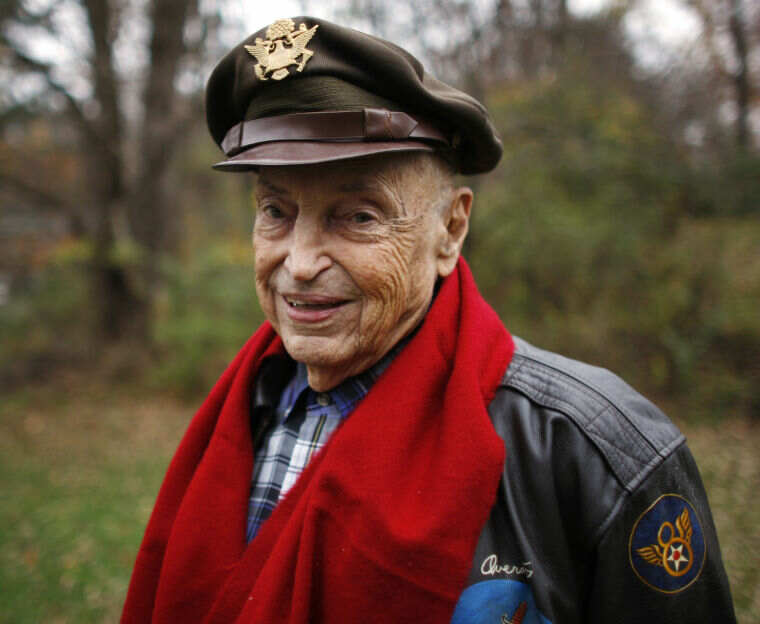
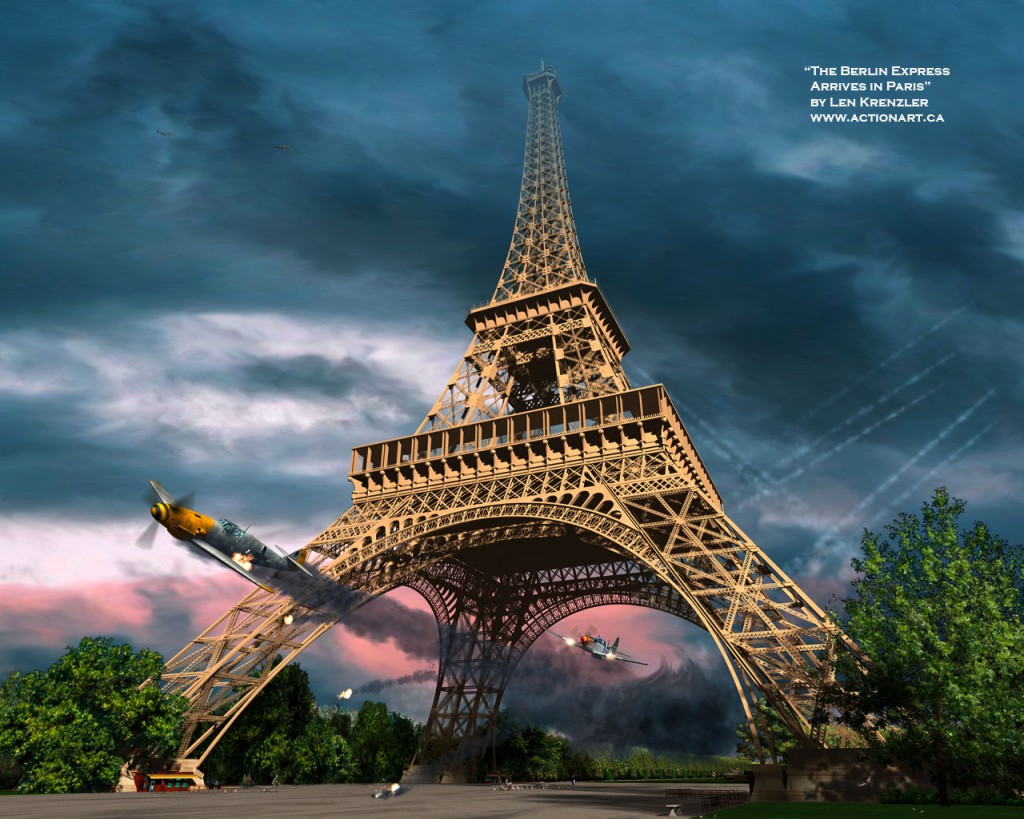
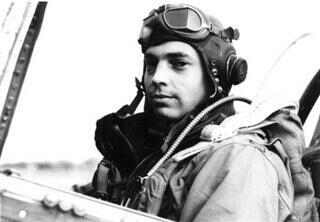
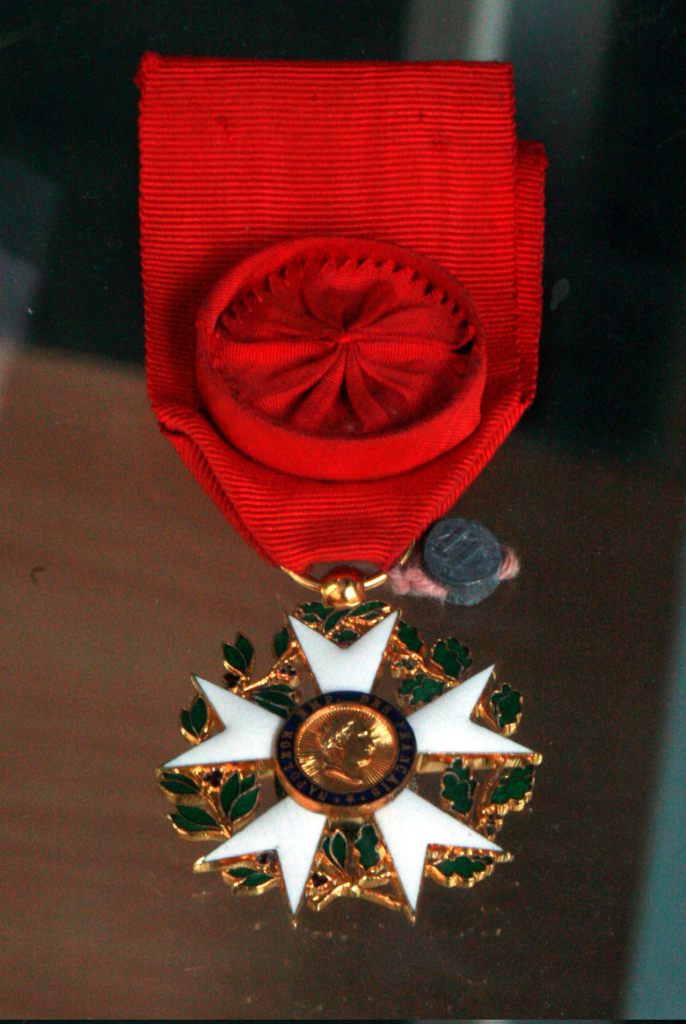 Pierre Vimont, Overstreet said: “I had followed this 109 from
the bombers when most of the German fighters left. We had a running
dogfight and I got some hits about 1,500 feet. He then led me over
Paris, where many guns were aimed at me. He figured I’d get hit and he’d
have time to get away. He was wrong. I was right behind him, right under
the Eiffel Tower with him. And when he pulled up, I did get him. But,
listen, that’s a huge space”.
Pierre Vimont, Overstreet said: “I had followed this 109 from
the bombers when most of the German fighters left. We had a running
dogfight and I got some hits about 1,500 feet. He then led me over
Paris, where many guns were aimed at me. He figured I’d get hit and he’d
have time to get away. He was wrong. I was right behind him, right under
the Eiffel Tower with him. And when he pulled up, I did get him. But,
listen, that’s a huge space”.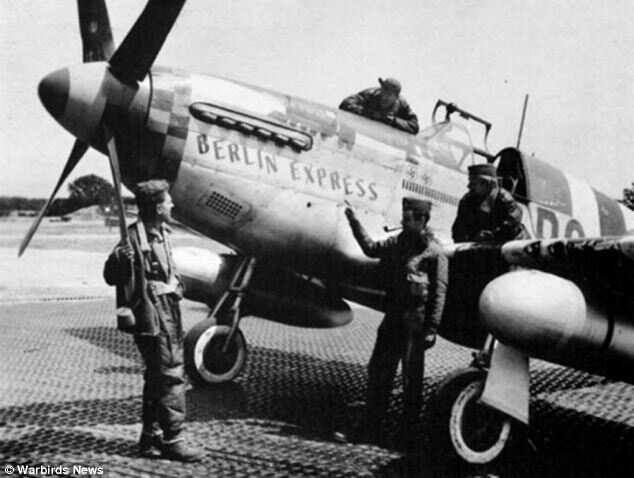 pilot. In November 1943 he
disembarked from HMS Queen Elizabeth at Greenock and headed south by
train to Leiston in Suffolk.
pilot. In November 1943 he
disembarked from HMS Queen Elizabeth at Greenock and headed south by
train to Leiston in Suffolk.
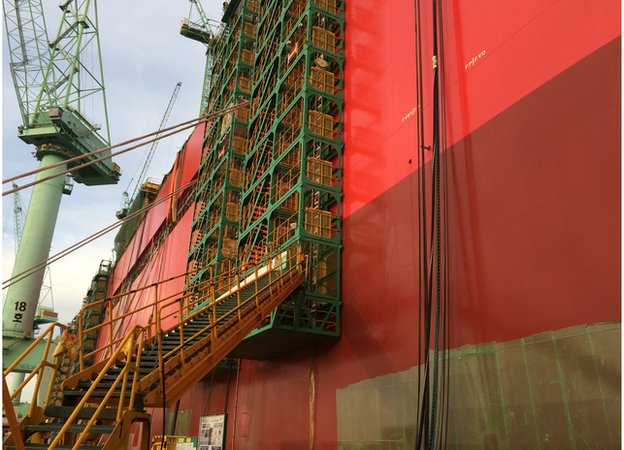
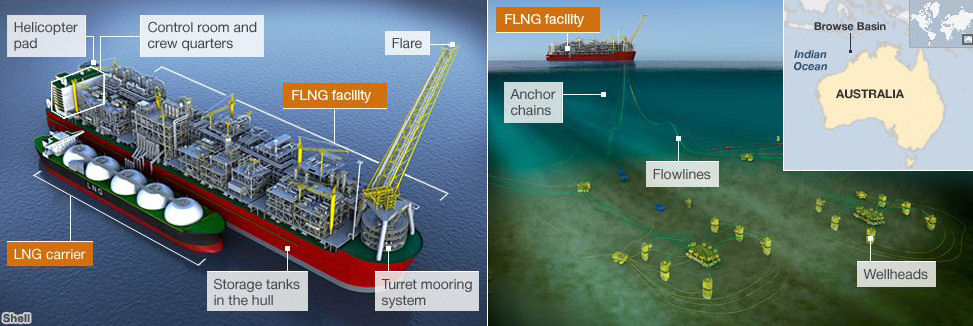
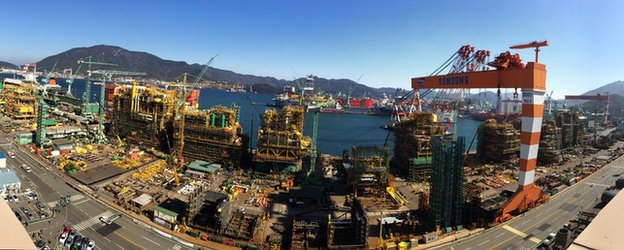
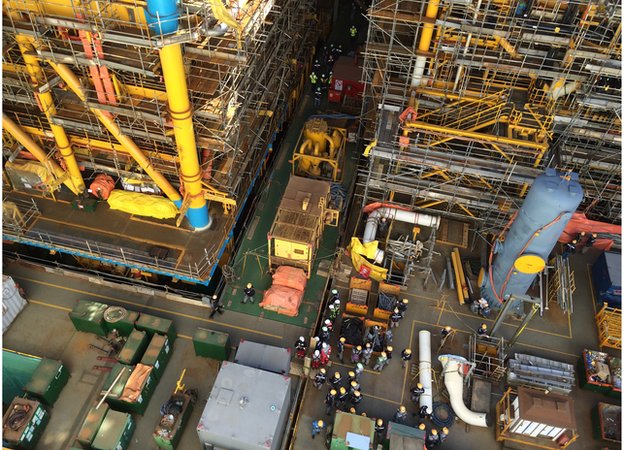
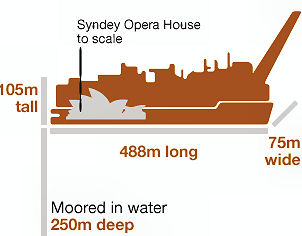 long term it will need to be phased
out, like all fossil fuels, unless a way is found to capture the carbon
dioxide that burning it releases.
long term it will need to be phased
out, like all fossil fuels, unless a way is found to capture the carbon
dioxide that burning it releases. 